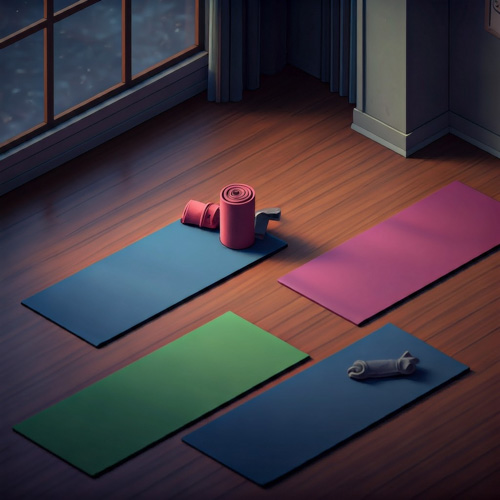As our communities age, the need for robust support systems becomes increasingly critical. The NBCUniversal Local Impact Grants for 2025 offer a significant opportunity for non-profit organizations dedicated to enhancing the lives of older adults. For those of us in Generation X, now facing our own aging journeys and often caring for older relatives, these grants provide a vital resource to address the unique challenges of aging.
The grants emphasize community engagement and serving diverse populations, both of which are crucial for aging communities. Programs that foster social connection, provide access to essential services, and promote healthy aging are highly encouraged. This aligns perfectly with the growing need for initiatives that combat social isolation and support independent living among older adults.
For many in our generation, the desire to contribute to meaningful change in our later years is paramount. The NBCUniversal Local Impact Grants offer a pathway to support programs that directly benefit aging individuals. Whether it’s funding for senior centers, transportation services, or programs that provide technological literacy to older adults, these grants can make a tangible difference.
The application process requires a clear articulation of program goals and impact, highlighting the importance of well-structured initiatives that address specific needs within the aging community. As we navigate the complexities of aging, ensuring that our communities remain supportive and inclusive is essential.
Consider programs that focus on:
- Combating Social Isolation: Initiatives that create opportunities for social interaction and engagement.
- Access to Healthcare: Programs that facilitate access to medical services and promote healthy aging.
- Technological Literacy: Initiatives that bridge the digital divide and empower older adults to stay connected.
- Caregiver Support: Programs that provide resources and support for those caring for aging loved ones.
As we witness the increasing needs of aging populations, the NBCUniversal Local Impact Grants provide a valuable opportunity to make a lasting impact. By supporting programs that enhance the lives of older adults, we can ensure that our communities remain vibrant and supportive for all ages.
Reference:
NBC Bay Area. (n.d.). NBCUniversal Local Impact Grants: 2025 Applications Open. Retrieved from https://www.nbcbayarea.com/community/nbcuniversal-local-impact-grants/nbcuniversal-local-impact-grants-2025-applications/3814461/










